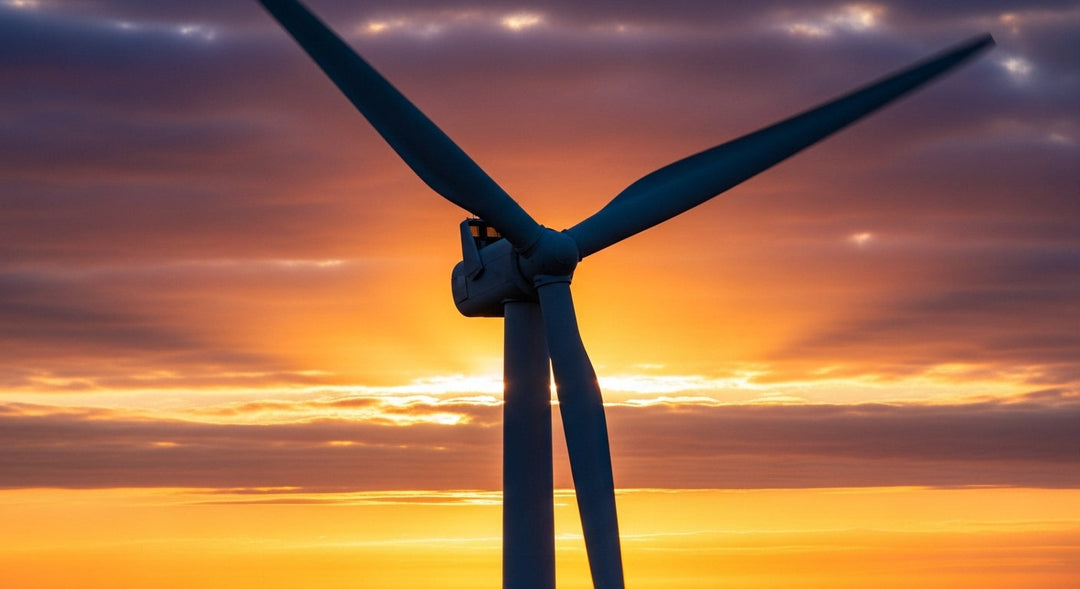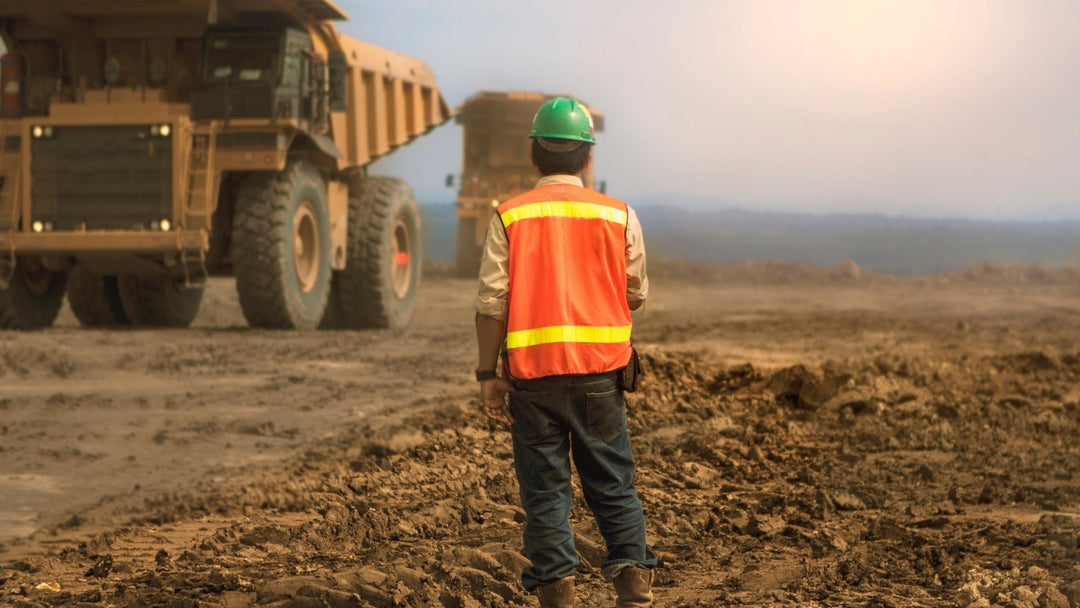Niche Water Infrastructure Investments For Wildfire Mitigation

The escalating frequency and intensity of wildfires across the Americas are exposing critical vulnerabilities in both physical and economic infrastructure. While discussions of climate technology often gravitate toward grid hardening, advanced sensor networks, and electric mobility, the fundamental role of water infrastructure—frequently overlooked as a passive, legacy system—is emerging as a new and urgent frontier for innovation and investment.
For institutional investors, including venture capitalists and family offices, wildfire mitigation is not merely a philanthropic endeavor but also a profound market opportunity. A forward-looking perspective reveals that investments in modernizing and enhancing water resilience are a non-negotiable component of a comprehensive climate tech portfolio. The nexus of water, fire, and grid stability is now a central thesis for those seeking to deploy capital into solutions that address the most pressing and underserved aspects of climate risk.
The Digital Transformation of Water Infrastructure
The first pillar of this investment thesis centers on the integration of digital technologies into water management. Traditional water systems operate as a black box, with limited real-time data on pressure, flow, and supply. This lack of situational awareness is a critical liability during a wildfire event. Modern sensor networks, powered by the Internet of Things (IoT) and artificial intelligence (AI), are poised to change this paradigm, providing the real-time intelligence needed for proactive, efficient resource deployment.
Innovations in this space are moving beyond simple leak detection to a more holistic, predictive model. Start-ups are developing platforms that ingest data from various sources—such as satellite imagery, weather forecasts, soil moisture sensors, and water pressure monitors—to create a "digital twin" of a community's water infrastructure. This allows fire departments and utilities to simulate fire-spread scenarios and preposition resources, such as mobile water tanks or high-pressure pumps, in vulnerable areas. The ability to monitor water levels in fire hydrants and reservoirs in real-time ensures that firefighters do not arrive at a location with a depleted water supply. This is a significant improvement over legacy systems, which often rely on manual checks and outdated data.
Furthermore, these digital platforms are enabling the emergence of new business models. Companies are now offering water-as-a-service, providing homeowners and communities with automated, IoT-enabled sprinkler systems that can activate in the event of a fire emergency. These systems, which can be powered by backup batteries or connected to a home's solar array, are designed to saturate a property's perimeter, creating a defensive barrier against advancing flames and embers. This not only enhances individual property protection but also reduces the overall fire risk for entire communities, which, in turn, can lower insurance premiums and increase property values in high-risk zones. The market for these technologies is poised for significant growth as insurance companies and government agencies begin to incentivize their adoption.
The Evolving Landscape of Water Storage and Supply
A second, equally critical area for investment is the physical hardening of water storage and supply systems. The traditional approach of relying on a centralized water grid is proving inadequate amid widespread power outages and infrastructure damage from wildfires. Decentralized and resilient water supply solutions are becoming increasingly vital for community and grid resilience.
The development of strategically located, high-capacity water reservoirs, also known as "anti-fire water reservoirs," represents a key opportunity. These reservoirs, often situated at elevated sites in fire-prone areas, can be gravity-fed, making them independent of the electrical grid. A recent study demonstrated that the optimal allocation of such reservoirs could ensure that firefighting forces have access to a replenishment point within a five-minute travel time. This metric can make the difference between a contained fire and a conflagration. Implementing these systems requires significant capital. Still, it offers a compelling return on investment by reducing the long-term costs of disaster recovery, property loss, and the strain on emergency services.
Beyond reservoirs, innovative approaches to water harvesting and reuse are gaining traction. Technologies that enable the collection of rainwater or the recycling of greywater for non-potable uses, such as landscape irrigation, reduce the burden on municipal water systems. These distributed systems not only enhance water conservation but also serve as a critical backup supply for fire suppression. These opportunities span a diverse value chain, ranging from infrastructure development firms and specialized construction companies to technology providers of advanced filtration and water treatment systems.
The market is also witnessing the emergence of new business models, such as public-private partnerships that finance, build, and operate these resilient water systems, thereby creating long-term, stable returns.
Policy, Finance, and the Catalytic Role of Capital
The final component of this investment thesis examines the role of policy and finance in accelerating the adoption of these water-centric solutions. While the market opportunities are significant, the capital required to modernize legacy infrastructure is immense. Government policies and financial instruments are increasingly aligning to bridge this gap, creating a powerful tailwind for private investment.
This funding gap is where private capital, particularly from venture and impact funds, can play a transformative role. By investing in scalable, innovative technologies and business models, private investors can mitigate market risk and attract follow-on capital from more traditional sources.
The confluence of climate risk, regulatory pressure, and technological innovation is creating a unique moment. Utilities, which have historically been slow to adopt new technologies, are now under immense pressure from regulators and liability risks to demonstrate measurable improvements in wildfire mitigation. This is forcing them to open up to partnerships with private companies that can provide the necessary technological and operational expertise. For investors, this presents a clear pathway to market entry and growth. The financial risks associated with inaction—including credit rating downgrades, rising insurance costs, and litigation—are creating a direct feedback loop that incentivizes utilities and other stakeholders to invest in resilience.
Investing in Overlooked Areas of the Energy Transition
The challenge of wildfires is multifaceted, demanding a sophisticated, multi-sector response. While attention has rightly been paid to grid hardening and AI-driven predictive analytics, the foundational role of water infrastructure has often been relegated to a secondary concern. This is an oversight that sophisticated investors are now correcting. The digital transformation of water systems, the physical hardening of storage and supply, and the alignment of policy and finance are creating a powerful new investment thesis.










